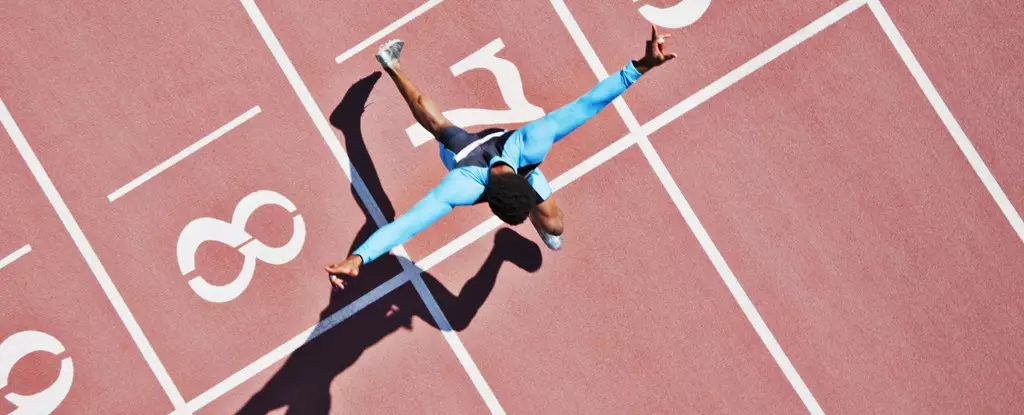When people envision Olympic athletes, they often think of triumphant moments and record-breaking accomplishments. However, the journey to competing for an Olympic medal is a rollercoaster of highs and lows that often culminates in disappointment for the majority of athletes. Success on the Olympic stage is not merely a matter of talent or luck, but rather a result of unwavering dedication to rigorous training, mastery of techniques, and a profound understanding of the risks involved.
In the realm of musculoskeletal health and injury prevention, there exists a delicate balance between exercise for general well-being and competitive sports that impose increased physical demands on the body’s underlying structures. While exercise is generally beneficial for maintaining overall health, competitive sports can pose a significant risk of injury due to the amplified stress placed on muscles, bones, and ligaments. For instance, sports like javelin throwing can exert forces on the front leg that exceed seven times the athlete’s body weight, while gymnasts subject their wrists and elbows to repetitive movements that exceed their body weight multiple times during training.
A study examining sports injuries during major athletic tournaments revealed alarming statistics. Nearly 10% of athletes reported injuries during the 2007 World Athletics Championships, with a majority occurring during actual competitions. Subsequent studies during the 2008 Olympics and subsequent Olympic Games showed similar injury rates, with certain sports like rugby exhibiting significantly higher rates of injuries (e.g., 43% of rugby players at the 2018 youth Olympics). Sports injuries are categorized as acute (sudden) or overuse injuries, with the former typically resulting from isolated incidents like torn ligaments or muscle strains, and the latter arising from repetitive stress on the musculoskeletal system.
Athletes pursuing Olympic glory commit years of their lives to building a foundation of strength that enables them to withstand the physical demands of their sport. Sprinters, for example, generate significantly more force from their quadriceps compared to the average population, leading to greater muscle volume in specific muscle groups crucial for sprint performance. Similarly, gymnasts often commence intense training at a young age, with rules mandating that they must be at least 16 years old to compete in the Olympics. The process of muscle adaptation – involving hypertrophy, strength training, and power development – is fundamental for athletes to enhance their physical capabilities and minimize the risk of injury.
As athletes strive for peak performance, they must navigate the intricate landscape of injury prevention and management. Factors such as genetic predispositions, movement variability, and periodized training programs play a crucial role in reducing injury risks. Researchers emphasize the importance of varying movement patterns to prevent overuse injuries, as well as implementing structured training phases that prioritize foundational strength before progressing to more intensive exercises. While the pursuit of an Olympic medal necessitates rigorous training and physical exertion, the key to success lies in managing risk factors, providing adequate recovery time, and adhering to a holistic approach to training.
The path to Olympic success is fraught with challenges, triumphs, and setbacks, with injuries looming as a constant threat to athletes’ ambitions. While the road to the podium may be paved with intense training and unparalleled dedication, it is imperative for athletes and their support teams to prioritize injury prevention strategies, recovery protocols, and comprehensive training methodologies to ensure a successful and sustainable athletic career. Ultimately, the dream of Olympic glory can be realized through resilience, perseverance, and a profound understanding of the intricate balance between athletic excellence and injury resilience.


Leave a Reply